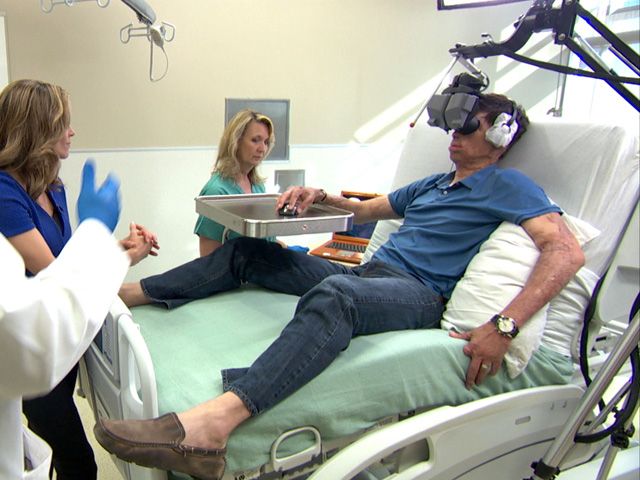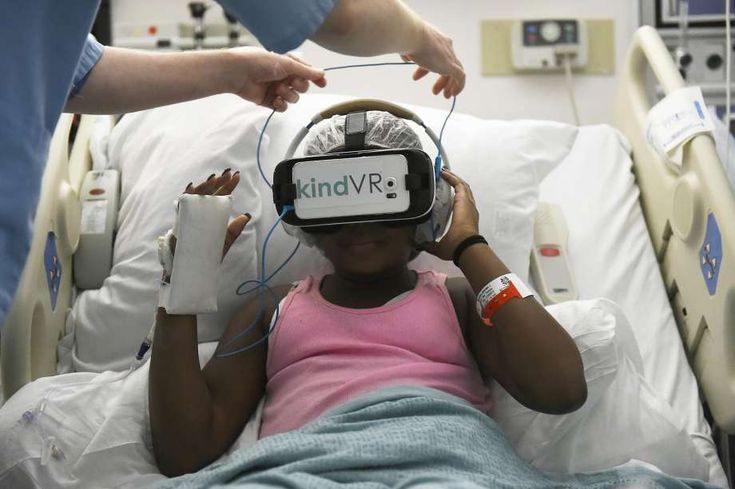As medicine continually seeks new solutions, pain management is gradually transcending the traditional frameworks of medication and physical therapy. Virtual reality technology is now being applied in clinical trials, offering patients a futuristic approach to pain relief. The moment they don VR equipment, patients are transported away from the hospital's cold white lights into an entirely different environment. This immersive experience is not merely entertainment; it genuinely distracts the brain, thereby alleviating pain sensations.
Scientists have discovered that pain exists not only on a physical level but also as a cognitive and emotional experience. Virtual reality can interrupt the brain's excessive focus on pain signals through visual, auditory, and even interactive feedback. In some experiments, burn patients wearing VR headsets during dressing changes no longer fixated on syringes and bandages. Instead, they immersed themselves in virtual snowy mountain worlds, controlling avatars to have snowball fights or explore glaciers. Results showed significant reductions in pain scores, with analgesic effects approaching those of medication in certain cases.

VR therapy extends beyond mere distraction; it is also designed as a form of training. Chronic pain sufferers often fall into cycles of tension and anxiety. Virtual reality guides them through breathing exercises, meditation, or virtual yoga, reshaping their bodily awareness through interaction. This approach not only alleviates immediate discomfort but may also help patients adjust their psychological coping mechanisms toward pain over the long term.
Experimental data is accumulating, with preliminary results proving encouraging. Researchers observed that VR therapy is particularly effective for acute pain interventions and shows potential value in chronic pain management. More promisingly, VR devices are becoming increasingly portable and accessible, suggesting they could become part of home care in the future. Imagine an arthritis patient experiencing a pain flare-up: simply donning a headset transports them to a tranquil lake, where rippling water and gentle breezes soothe both body and mind. This approach may prove safer than swallowing a painkiller.

Of course, VR therapy remains in its exploratory phase and cannot entirely replace medication or surgery in medicine. However, it offers a novel approach: adjusting the perception of pain by altering the brain's sensory environment. Future clinical trials will require larger datasets to validate its long-term efficacy and applicability, while also addressing potential side effects like motion sickness or usage costs. Increasing interdisciplinary collaboration is underway, with psychologists, neuroscientists, and engineers designing more personalized virtual scenarios. This aims to deliver tailored solutions for diverse populations and pain types, integrating the virtual realm into mainstream healthcare. As artificial intelligence merges with biofeedback technology, VR therapy may evolve intelligent, personalized responses, enhancing its sustainability and depth of effect.

At the intersection of technology and medicine, virtual reality unveils an alternative possibility. It is not a cold machine, but a digital world that can be designed as a gentle sanctuary. Perhaps in the near future, VR equipment will become standard in hospital treatment rooms, and patients will no longer passively endure their pain but actively choose the healing space they wish to enter. Pain may still exist, but its weight has been redistributed, allowing people to navigate those difficult moments more easily with technology by their side.




